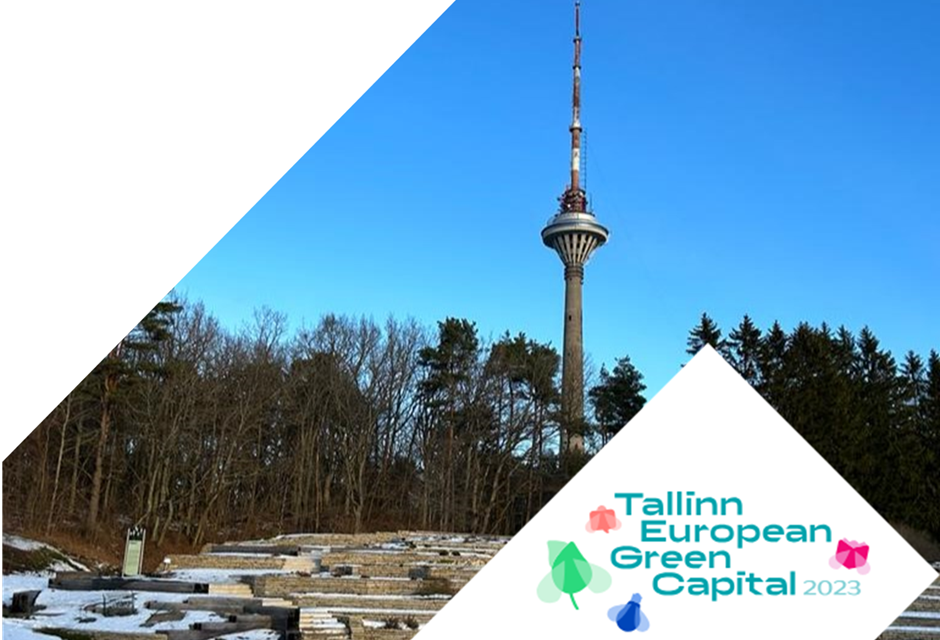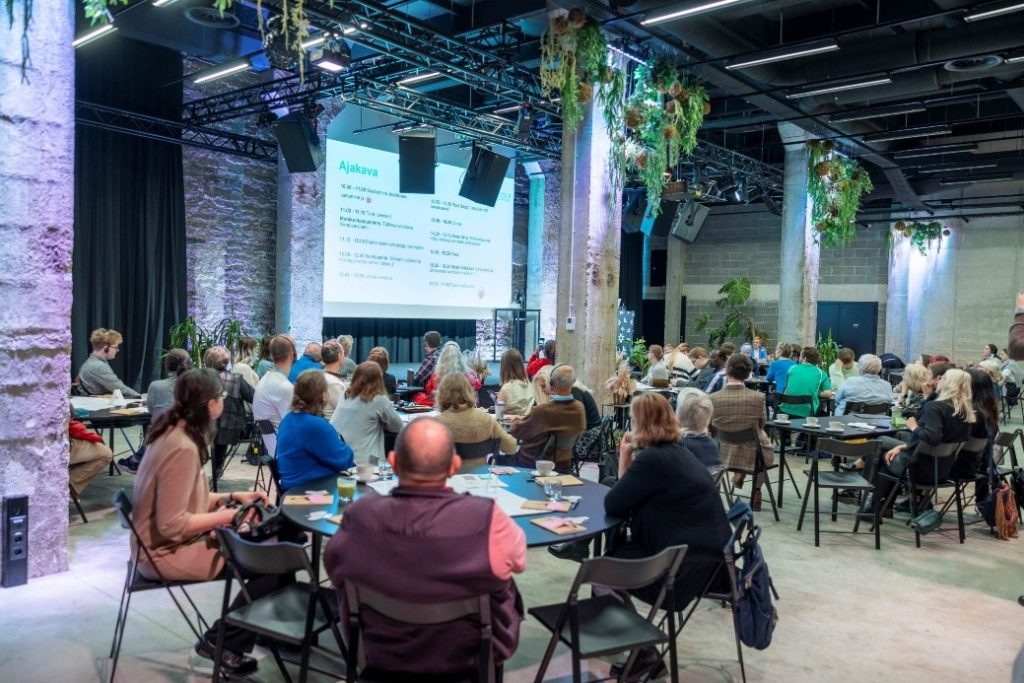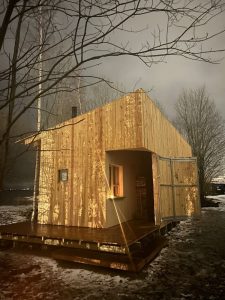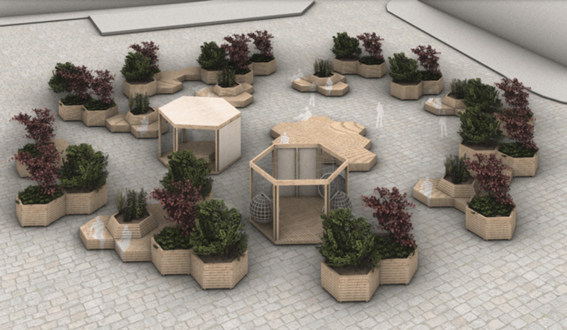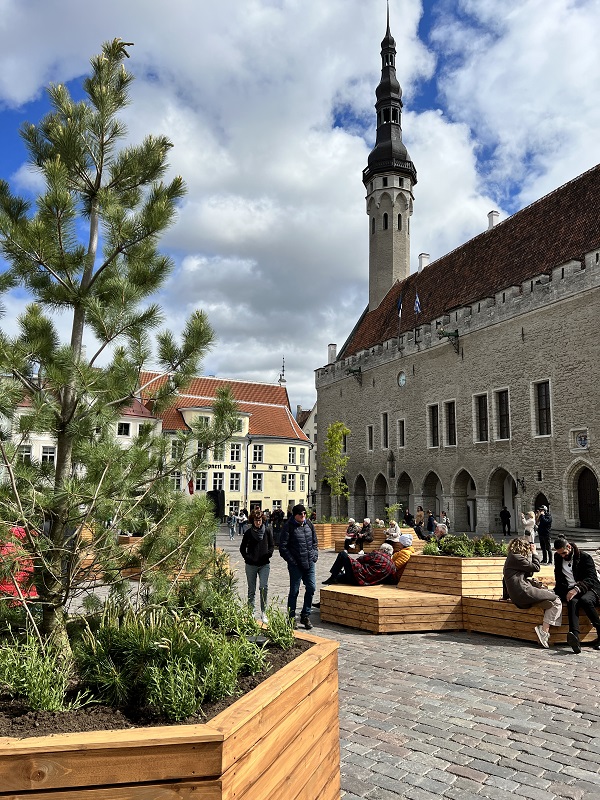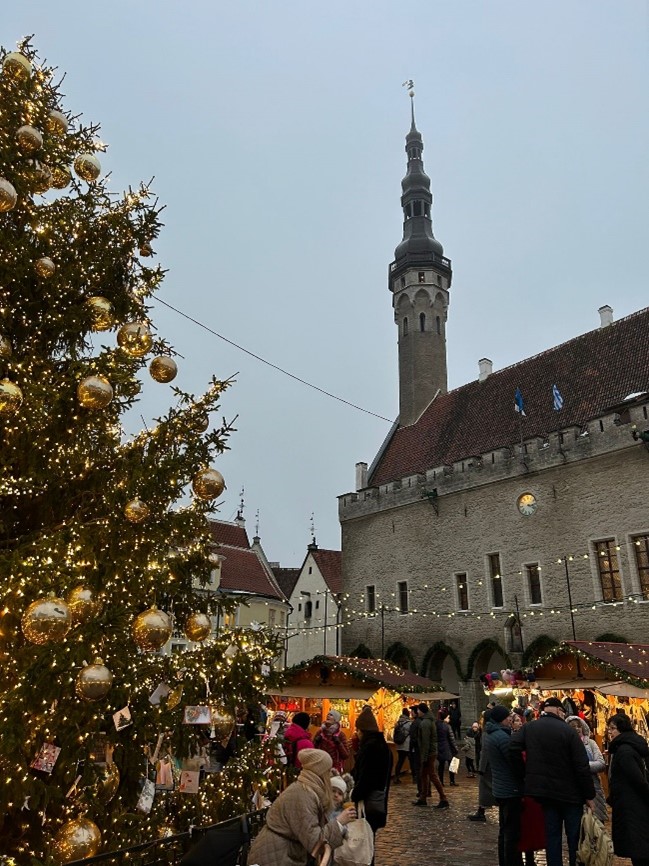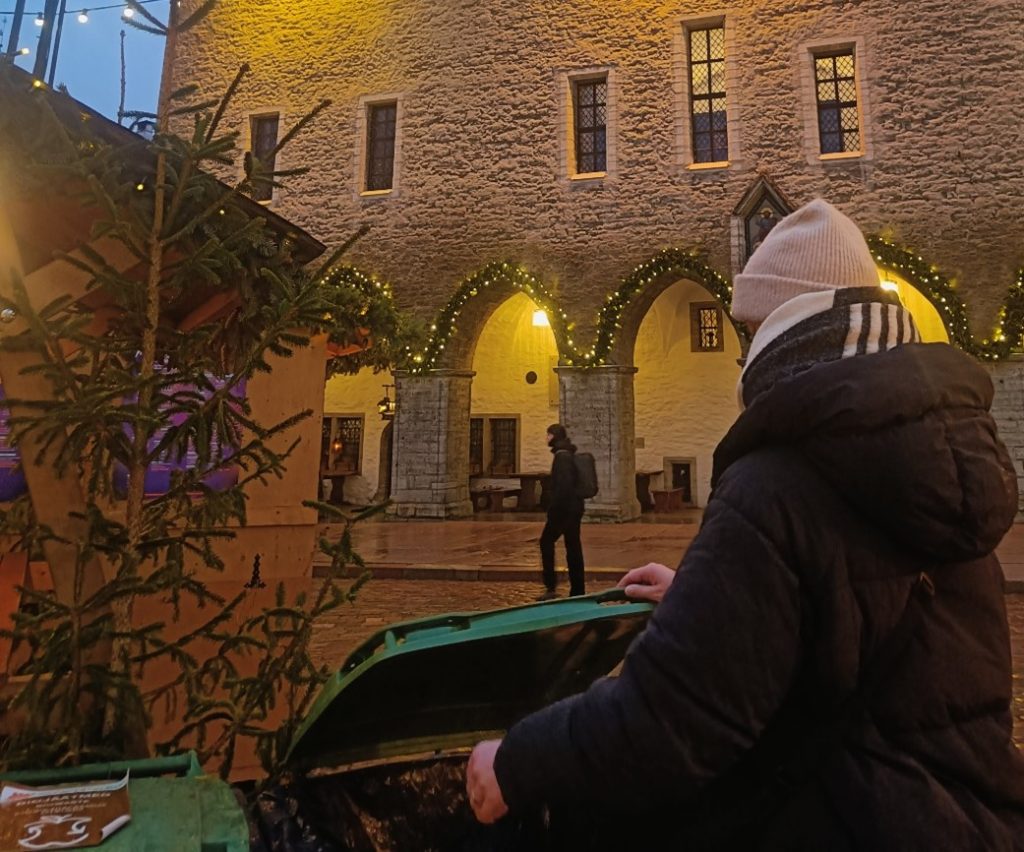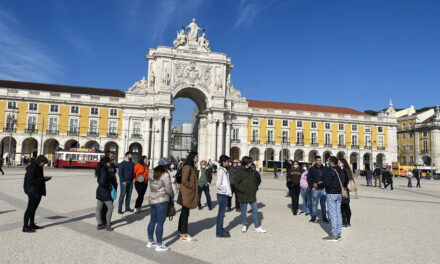Every year, a European city earns the title of European Green Capital, marking a commitment to a sustainable and eco-friendly future. This initiative, starting in 2010, aims to inspire cities to be “greener and cleaner,” given that over 70% of Europeans live in the city. It’s a push for positive change, emphasizing better quality of life for the inhabitants of the city and leading environmental and economic transformations, in line with the European Green Deal. In 2023, Tallinn became the European Green Capital of the Year.
Being the European Green Capital of the Year signifies collective success in prioritizing environmental care and enhancing the well-being of its citizens. For these citizens, it serves as a reminder that their daily choices, ranging from transportation habits to waste disposal, play a crucial role in contributing to a healthier and happier living environment. The benefits extend beyond a title, breathing cleaner air, enjoying more parks, and residing in a city that prioritizes resource efficiency. It offers inhabitants the opportunity to actively participate in greening the city and making it even more impressive. Tallinn, the Green Capital of 2023, placed significant emphasis on citizen participation in its green initiatives.
Tallinn as Green Capital of the Year
Merilin Vernik, a communication specialist for Tallinn European Green Capital 2023, provides insights into the city’s goals and strategies for its recent green transformation. “Tallinn has a very strategic way of doing the green turn, and it’s mostly the main reason why Tallinn got the award,” remarked Merilin.
Tallinn’s strategic vision comprises six essential goals, all contributing to the city’s aspiration for a more sustainable future. These goals include creating a friendly urban space, fostering a creative global city, promoting healthy mobility, facilitating a green transformation, nurturing a kind community and fostering a sense of home that extends to the streets. Notably, these goals are intricately connected to enhancing citizens’ quality of life.
Citizen engagement is a cornerstone of Tallinn’s commitment during its time as the European Green Capital. Merilin highlighted the Citizens Assembly as an initiative, involving 60 randomly chosen citizens in proposing transformative changes for the city. “This inclusive approach extends to the Let’s Create Together Fund, which allocates over 1 million euros to support various projects proposed by Tallinn’s residents,” added Merilin.
Tallinn’s journey as the European Green Capital of 2023 exemplifies strategic planning, commitment to sustainability, and, most significantly, active citizen engagement. As the city continues its green initiatives and collaborates with various European cities through the European Green Capital Network, it serves as an inspiring model for others to become more “Green and Clean”.
Let’s Create Together
The residents of Tallinn played a pivotal role in the city’s recognition as the Green Capital of the Year. The “Let’s Create Together Fund” empowered Tallinn’s inhabitants to actively contribute to the city’s green initiatives. This fund, totalling 1.2 million euros, supported 48 projects aimed at enhancing the living environment and promoting green practices. Among these initiatives were community gardens with events and educational programs catering to diverse age groups.
A notable addition to Tallinn’s green landscape is the “Logi Community Sauna.” Introduced in December, this seaside sauna, fuelled by woodburning stoves, stands as a testament to the citizen initiative. The construction is funded by the “Let’s Work Together” initiative, the sauna opens in the weekends, drawing numerous Tallinn residents who embrace the opportunity for a winter swim followed by the comforting warmth of the sauna. Visitors say that saunas play a special role in Estonian culture and that there’s a growing popularity of winter swimming. The Logi Sauna not only withstands the winter cold but also acts as a gathering place, bringing people together despite the dropping temperatures in the winter.
The Logi Sauna is an eco-friendly and sustainable facility, exclusively relying on wood heaters with no electrical connection. Its purpose extends beyond providing a warm retreat; the sauna aspires to craft a public space along Tallinn’s coastline, inspiring visitors to connect with nature and spend time by the sea. This project serves as an example of citizen and cultural inclusion in the broader green transformation that earned Tallinn the title of European Green Capital of the year.
Green Tracks
Merilin mentioned The Green Tracks project as another big part of Tallinn being the European Green Capital of the year. It involves simple and fast changes like cleaning up coastal areas, enhance green areas and improve spatial quality in collaboration with citizens, district governments, local businesses and educational institutions.
“This year we decided to put a pop-up park on Town Hall Square for people to sit and hang out in public space without having to buy a beer from a restaurant, it became very popular among the people and we would like to bring that back next year.” Merilin said. From June to September people could enjoy the greenery on Town Hall Square. In winter this square has to make place for the annual Christmas market of the old town that has been there since 1441.
Even in the absence of the pop-up park during winter, the city’s commitment to sustainability remains evident. Innovative ideas, such as using reusable plates and serving local soup in a bread basket, showcase the conscious approach to consumption by the inhabitants of Tallinn.
The annual designation of a European Green Capital reflects a shared commitment to nurturing sustainability and environmental awareness within urban areas, recognizing the concentration of European residents living in cities. Tallinn serves as a notable example of the positive impacts associated with being the Green Capital of the Year on its citizens. The city has established a model for others, showcasing initiatives like “Let’s Create together” and “Green Tracks” that actively involve inhabitants in contributing to green initiatives. As Tallinn continues its journey towards a more sustainable future, it stands as an inspiring example for cities and their residents across Europe, encouraging them to embrace a cleaner and greener tomorrow.
